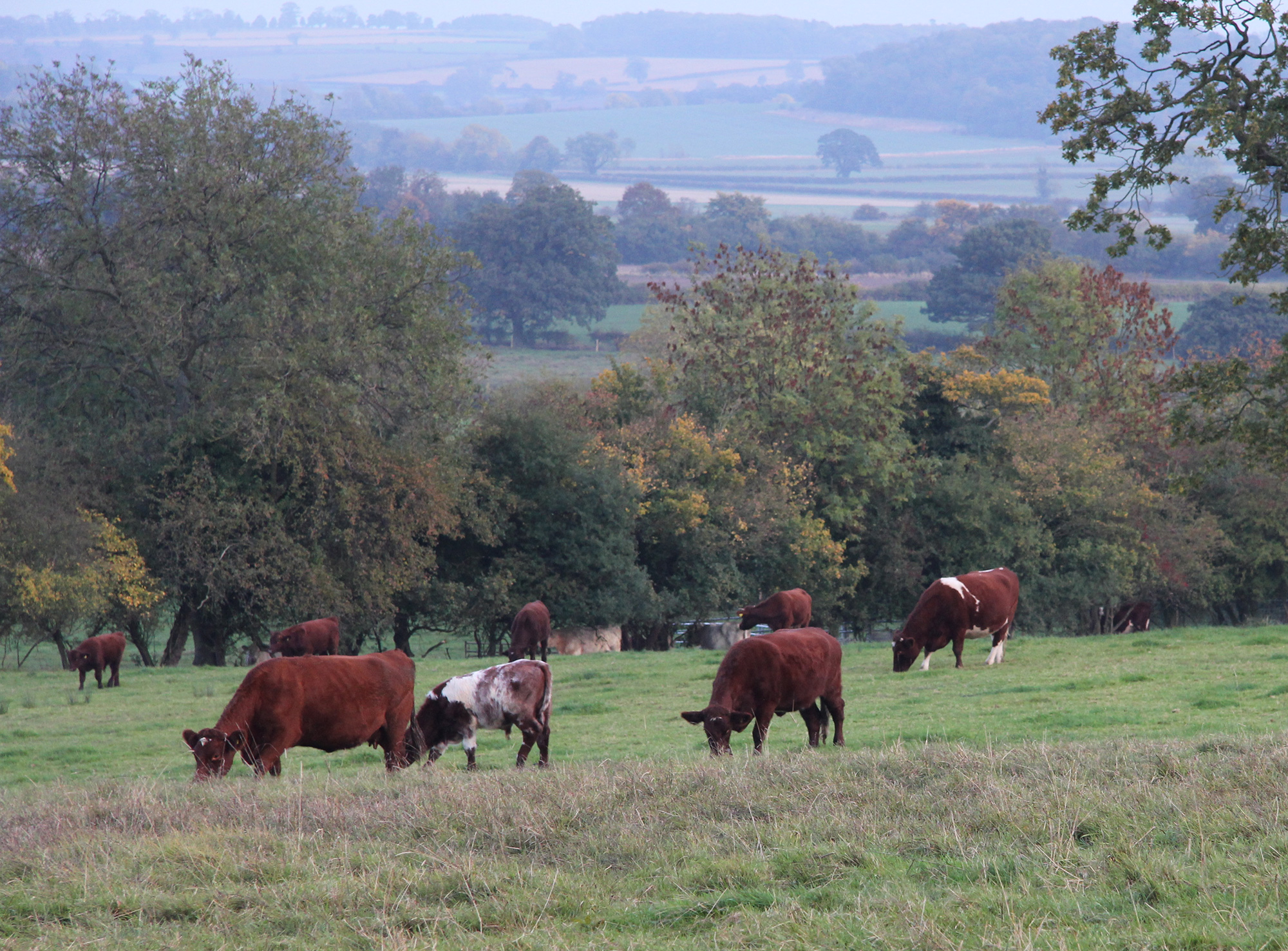Beef Shorthorn: adding value to a 'classic size' family farm
Beef producers seeking a functional suckler cow would do well to consider Beef Shorthorn, says Fraser Hugill. Why? “We’re among the farmers who run a classic 250 to 300 acre family farm which has to have additional income, and we’ve found that apart from looking after themselves, these cows also look after us too. They are such quiet animals.
Fraser Hugill
“Our Beef Shorthorn cows will calve under their own steam, leave one calf each year with sufficient milk after which I am able to trust and manage easily on my own. It’s a fact that should not be under estimated, particularly since I literally am a one man band,” he explains. “I can honestly say I haven’t a single cow where I couldn’t go and pick up a calf as it is born.
“We’re currently running 47 cows and followers, and our objective is for the herd to calve within a tight six week period. We’ve selected for milk and I expect them to naturally last for an average 10 crops of calves,” says Fraser who together with his partner, Rosy Eaton farms Throstle Nest, a 177 acre unit near Helmsley and farms a further 140 acres on his father, Edgar’s land near Stokesley.
“We are also now repeaping the financial benefits of Beef Shorthorn, and being a closed herd and a member of a CHeCH scheme certainly adds value. “We’ve been focusing on breeding top quality females that are sold as a draft via the Carlisle spring sale every year – as our focus is females we select for maternal characteristics and a degree of feminity, and we’re finding they are now finding a ready demand from other suckler producers searching for a medium sized functional suckler to breed their own replacements.”
It was that same quest which led Edgar Hugill to invest in Beef Shorthorn almost 20 years ago. “At the time we had a mix of Continental cross cows and we’d had a BSE scare. Dad came back from the Beamish dispersal with four cows which was not particularly in the master plan, and another seven cows followed shortly afterwards. We were on our way to establishing a closed herd and the rest is history.”
The herd grazing at Throstle Nest
Environment management is equally important to Fraser and farming a suckler herd which is conducive to environmental grazing is paramount. Both units have been in ELS and we are now in the process of applying for Mid Tier Countryside Stewardship on dad’s farm and Higher Tier Countryside Stewardship on our own. The agreements will involve restoration of species rich grassland as well as wild bird seed mixtures, winter supplementary feeding for birds, nectar flower mixtures and hedgerow management. The new agreements will also incorporate works to reduce sediment such as yard renewal and the installation of livestock tracks.
“The Countryside Stewardship scheme forms the formal part of our environmental management however there is so much more that we’re doing informally. We are very passionate about our farming system. For example we have a number of old pastures that are outside of Countryside Stewardship but are managed in a low input manner. These tend to be tussocky which is good for insects and small mammals and the resident barn owl. They’re also ideal for grazing Beef Shorthorns which thrive on low input, forage based systems.”
Fraser is also regional co-ordinator for the Campaign for the Farmed Environment (CFE) across Yorkshire and the North East which takes him off farm for up to 120 days of the year. “CFE provides an important source of income, however inevitably there tends to be a conflict between how much time I spend on the farm and the amount of labour required. A lot of farmers with similar sized holdings are in the same boat. We are fortunate that we have found a mixed farming system which features Beef Shorthorn that pays its way, it’s one that we also enjoy and enables us to responsibly manage the land for future generations.”


